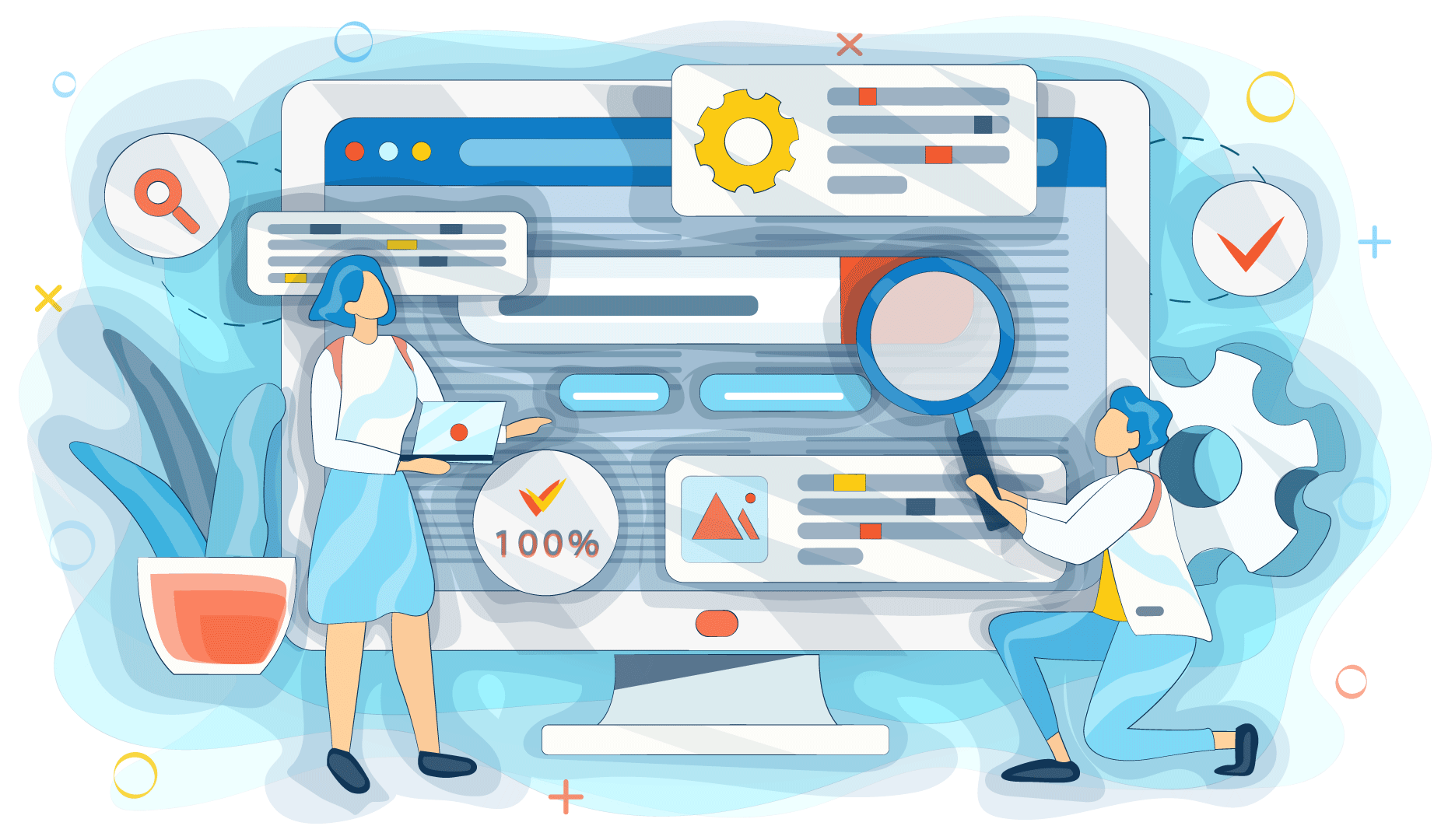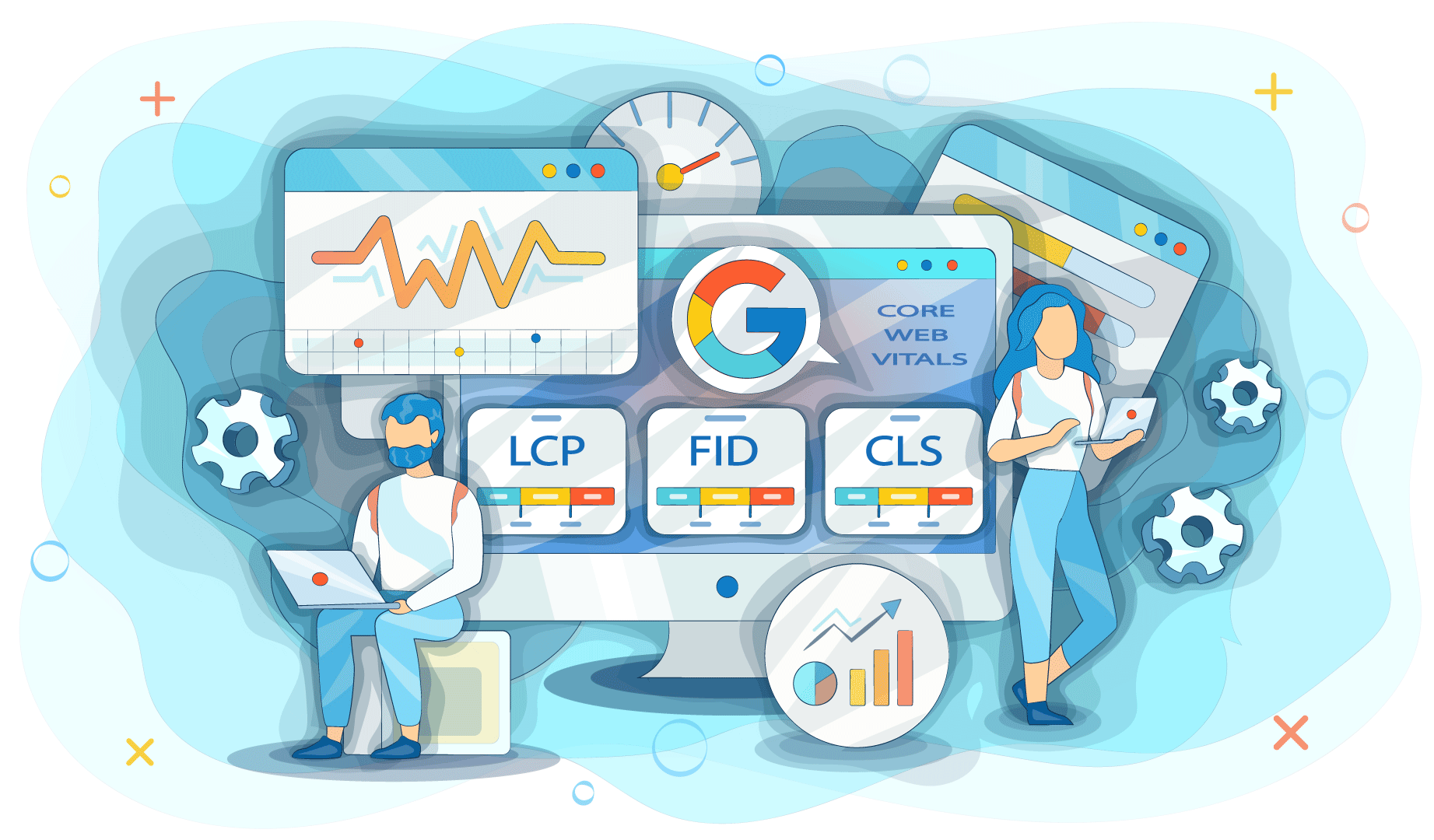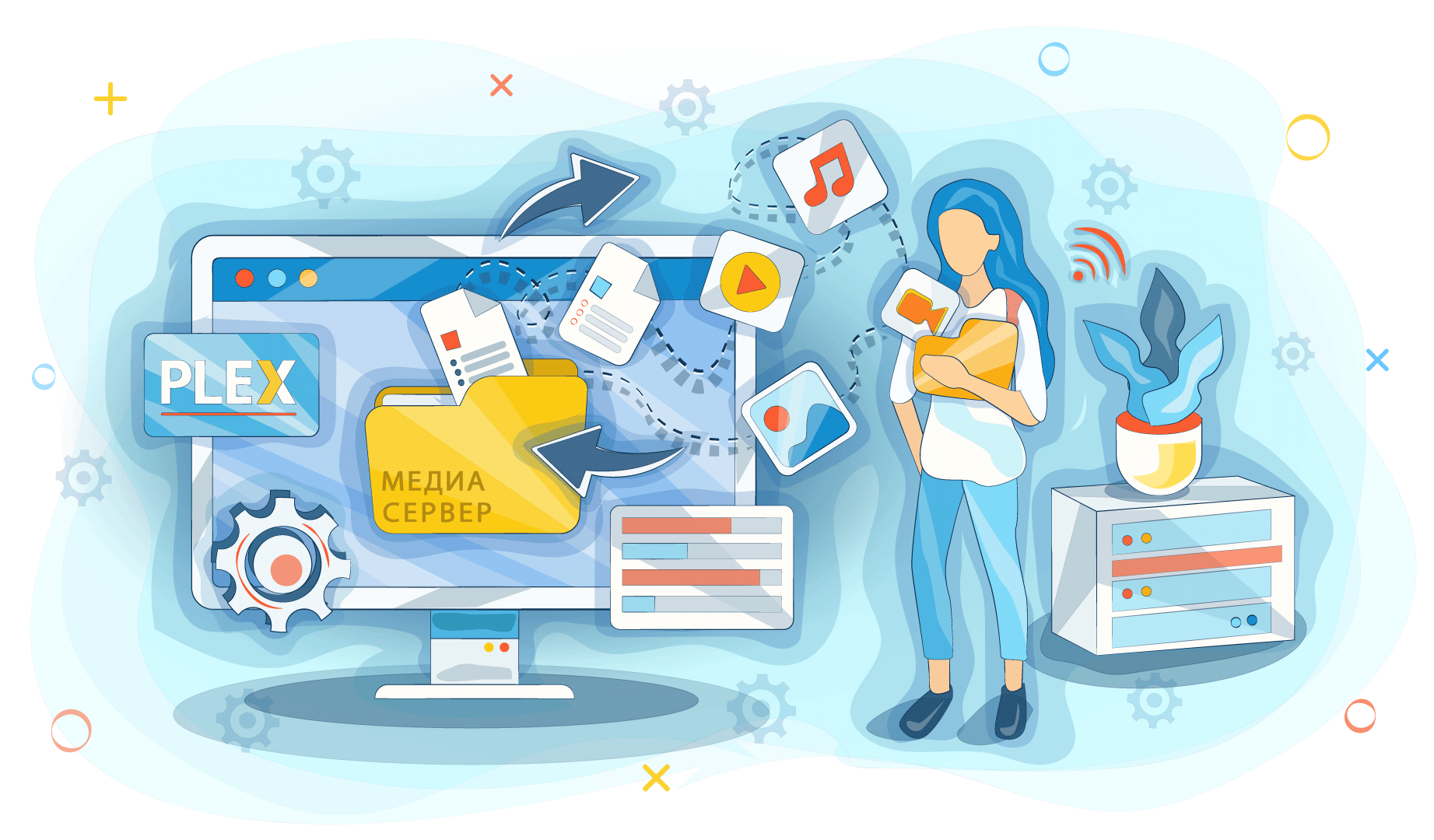Edge Computing vs. Cloud Solutions: Choosing the Right IT Infrastructure
Dear clients and partners of King Servers, Technology never stands still. And after years in the IT industry, we’ve learned one simple truth: if you don’t keep up, you fall behind. In 2025, one topic keeps coming up — whether we’re chatting with colleagues, attending conferences, or just grabbing a coffee — and that’s the choice between edge computing and traditional cloud solutions.
These aren’t just buzzwords anymore. The way you structure your IT infrastructure can directly impact service speed, customer experience, and ultimately, your success in the market.
In this article, we’ll break down what edge computing and cloud solutions really are, when each one gives your business a competitive edge, and why more and more companies are leaning toward hybrid models that combine the best of both worlds.
Whether you’re the CTO of a large enterprise or the founder of a small startup, our goal is to help you understand how these technologies can serve your business — and how King Servers can be your reliable partner every step of the way.
Let’s start with the basics.

What Are Edge and Cloud Computing?
To make things crystal clear, think of the internet as a massive network of highways. Cloud computing is like a giant warehouse on the outskirts of the city — powerful and spacious, but it takes time to get there. Your data travels to a data center, gets processed, and comes back. It’s reliable, but not always lightning-fast.
Edge computing, on the other hand, is like having a bunch of mini-warehouses right in the heart of the city, close to where people actually need them. They might not be as powerful as the big warehouse, but they’re fast — because everything is right there, within reach.
Edge computing means processing happens as close as possible to where data is created or used. That could be a server in an office, a micro data center inside a shopping mall, or even a compact device next to IoT sensors. A simple example? Security cameras in a store that analyze foot traffic in real time, or a streaming service that stores content on servers near its viewers for smoother playback.
Cloud computing, in contrast, relies on powerful servers in large-scale data centers. These handle massive volumes of information, run analytics, and power global apps and services.
Why does this matter?
Because in 2025, business needs to move faster than ever. Live streaming, smart devices, augmented reality apps — there’s no room for delay. Edge computing handles time-sensitive tasks with ease, while cloud solutions remain essential for heavy-duty operations.
So how do you know which one to choose — and when? Let’s break it down.

Why Edge Is a Game Changer
A couple of years ago, we worked with a client who was setting up a network of sensors to monitor factory equipment. The sensors were collecting real-time data on temperature, vibration, and pressure. Sending that data to the cloud wasn’t an option — even a few seconds of delay could shut down production. So, we installed a compact server right on-site to handle everything locally. The result? Instant analysis, fewer disruptions, and lower bandwidth costs. That’s edge computing in action.
Here’s why we believe edge computing is a breakthrough in 2025:
- Blazing-fast response times.
When data is processed close to the user, latency drops to nearly zero. That’s critical for things like augmented reality apps — where even slight lags ruin the experience — or live broadcasts, where nobody wants to see a spinning loading wheel. - Lighter network load.
Instead of shuttling terabytes of data back and forth to the cloud, edge nodes process it locally. That means lower internet costs — and fewer problems if the connection isn’t perfect. - Offline resilience.
If the link to the cloud goes down, edge devices keep running. We’ve seen this save the day at remote sites — like wind farms or ports — where stable connectivity can’t be taken for granted. - Data privacy.
Local processing means sensitive data doesn’t have to be transmitted over the internet. For companies where confidentiality is key, that’s a major advantage.
And the numbers back it up. Analysts predict that by the end of 2025, around 75% of enterprise-generated data will be processed outside traditional cloud data centers — with a big chunk handled at the edge. Thanks to 5G, edge computing is no longer just a concept — it’s here, and it’s fast. Retailers, logistics firms, and manufacturers are all moving servers closer to the customer to deliver better, smoother experiences.
But let’s be clear — edge isn’t a magic wand. We’ve also seen projects stumble when local nodes couldn’t handle resource-heavy tasks or required complex management. And that’s where the cloud still shines.
Is Edge Right for You?
Why the Cloud Still Leads the Way
Cloud technologies are the backbone of modern IT infrastructure — and they’re not going anywhere. Think of the cloud as your reliable go-to friend, always ready to step in when edge computing reaches its limits.
Not long ago, we worked with a startup launching an online sales platform. At first, they tried to run everything on local servers. But when their customer base tripled in a month, their hardware started to choke. We migrated their core services to King Servers’ cloud VPS, and within hours, they scaled up smoothly — no downtime, no costly hardware upgrades. That’s the power of the cloud.
Here’s why we always keep the cloud in our toolkit:
- Limitless scalability.
Need more computing power? Just spin up new servers in minutes. Try doing that with local edge nodes — it’s either expensive or simply not feasible. When it comes to big data analytics or AI training, the cloud is in a league of its own. - Centralized control.
All your apps, data, and configurations — in one place. That’s a lifesaver when you’re managing multiple services or have branches across the globe. Managing a fleet of edge nodes? It gets tricky fast, especially at scale. - Lower hardware costs.
In the cloud, you only pay for what you use. Buying and maintaining edge infrastructure can eat up your budget — a serious concern for small businesses. - Access to advanced tools.
Cloud providers offer a rich suite of services — from databases to AI platforms — that are often hard or impossible to implement at the edge.
And cloud adoption isn’t slowing down. Analysts predict that in 2025, businesses will spend 20% more on cloud services than they did last year. And for good reason — it offers the kind of flexibility edge computing simply can’t match right now.

Edge or Cloud: How to Choose?
So, what’s the right choice for your business? We always tell our clients: there’s no one-size-fits-all answer — it all depends on what you’re trying to achieve.
Let’s walk through a few real-world scenarios to help make things clear.
The chart below shows which types of tasks are most often handled with edge computing or cloud solutions. As you can see, streaming, AR/VR, and IoT have largely shifted to edge, while analytics and scalability remain strongholds of the cloud. This kind of visual breakdown helps you quickly understand the approaches and choose the best path for your infrastructure.
When Should You Choose Edge?
When Cloud Is the Better Choice
But here’s what we’ve learned over the years:
In the real world, you rarely have to choose just one.
The smartest solutions come when edge and cloud work together — combining speed and proximity with power and scalability. It's not about either/or. It's about using both where they shine.
This hybrid approach lets you process data instantly at the edge, while still tapping into the cloud’s full potential for storage, analytics, and global reach. It's the best of both worlds — and that’s where real innovation happens.

The Hybrid Approach: The Best of Both Worlds
In 2025, we’re seeing more and more companies adopt hybrid systems where edge and cloud don’t compete — they complement each other.
Think of it like this: a high-speed motorcycle for short trips and a truck for long hauls. Each one has its job, and together, they get it done.
Here’s a story that illustrates this perfectly.
A retail chain recently came to us for help. They had installed smart cameras in their supermarkets to monitor customer behavior — where people lingered, what products they picked up, how they moved through the store. The cameras were generating mountains of video data. Sending all of it to the cloud? Too slow and too expensive.
Our solution: we placed local edge servers in each store to process video footage on-site. These edge nodes delivered real-time insights without delay. But for big-picture analysis — like comparing trends across all stores over a month — the processed data was synced to the cloud, where powerful analytics tools took over.
The result? Instant insights for store managers, and full visibility for analysts.
Another great example is a gaming platform we worked with. They deployed edge servers in major cities so players wouldn’t experience lag during online battles. But user profiles, leaderboards, and billing? That all stayed in the cloud, where it’s easier to scale and keep secure.
This hybrid model let them deliver a smooth, high-performance experience — without breaking the bank.
At King Servers, we specialize in helping businesses build exactly these kinds of systems. With data centers across the globe, you can deploy dedicated servers or VPS instances exactly where your users are — that’s your edge. For central tasks like analytics, backup, or storage, our cloud solutions provide the scalability and muscle you need.
And don’t forget about our backup services: edge node data can be synced to the cloud, so nothing gets lost — ever.
That’s the power of having it all — edge speed, cloud strength, and a partner that brings it together.
Ready to upgrade to modern server infrastructure?
At King Servers, we offer both AMD EPYC and Intel Xeon-powered servers with flexible configurations to suit any task—from virtualization and web hosting to S3 storage and data cluster solutions.
- S3-compatible storage for backups
- Control panel, API access, and scalability
- 24/7 support and guidance in choosing the right setup
Registration Result
...
Create an Account
Quick sign-up for infrastructure access
Why This Matters in 2025
If you think this is just another tech trend — here’s some perspective. In 2025, the world is drowning in data. There are now over 50 billion IoT devices, and they’re generating information faster than we can process it.
5G networks are practically everywhere, unlocking a new era for edge computing — where speed and ultra-low latency are no longer optional, but expected. And in today’s competitive landscape, even a split-second delay can cost you a customer. Especially in industries like gaming, e-commerce, or real-time services, being faster than your competitors is everything.
The big players — telecoms, cloud providers, and hyperscalers — are already building micro data centers and rolling out edge infrastructure at scale. But it’s not just a game for giants. Small and medium businesses are jumping in too, thanks to lower costs and easier deployment of local servers.
At the same time, cloud remains the backbone of digital transformation — powering AI, data lakes, and global apps.
And here’s the key:
The businesses that learn how to combine edge and cloud will hold the upper hand.
Those who cling to outdated models? Risk being left behind.
In a world where milliseconds matter, flexibility isn’t just nice to have — it’s survival.
How King Servers Can Help
At King Servers, we don’t just rent out hardware — we aim to be a true partner that helps your business grow.
Need to place a server closer to your users in Europe, Asia, or the Americas? We’ve got data centers around the world, so you can deploy dedicated servers or VPS exactly where your audience is. That’s ideal for edge workloads, where speed and proximity matter most.
Need a scalable cloud solution for analytics or storage? Our virtual infrastructure adapts to your needs like building blocks — grow at your pace, without paying for what you don’t use.
One of our favorite tools — and one that’s perfect for hybrid systems — is our backup service. Process data at the edge for speed, then sync backups to the cloud for safety. It’s like an insurance policy that gives you room to experiment — without risking everything.
And we’re always here when you need us.
Not sure where to start? Our team will work with you to understand your goals, recommend where edge makes sense, where the cloud is stronger, and help you build an infrastructure that just works.
This isn’t about selling more servers.
It’s about helping your business perform at its best — fast, flexible, and future-ready.

Looking Ahead: Preparing for the Future
Edge and cloud aren’t rivals — they’re teammates.
Edge brings speed and proximity, while cloud offers scale and convenience. In 2025, the most successful companies will be those that know how to combine both — building systems that are fast, flexible, and ready for whatever comes next.
Whether you're a growing startup or a global enterprise, now is the time to think about how these technologies can drive your success.
At King Servers, we’re here to support you on that journey. From local servers optimized for streaming to scalable cloud platforms for analytics — we have everything you need to keep your business running smoothly.
Got questions? Ready to map out your next steps?
Reach out to us — let’s build the IT infrastructure of the future, together.

























